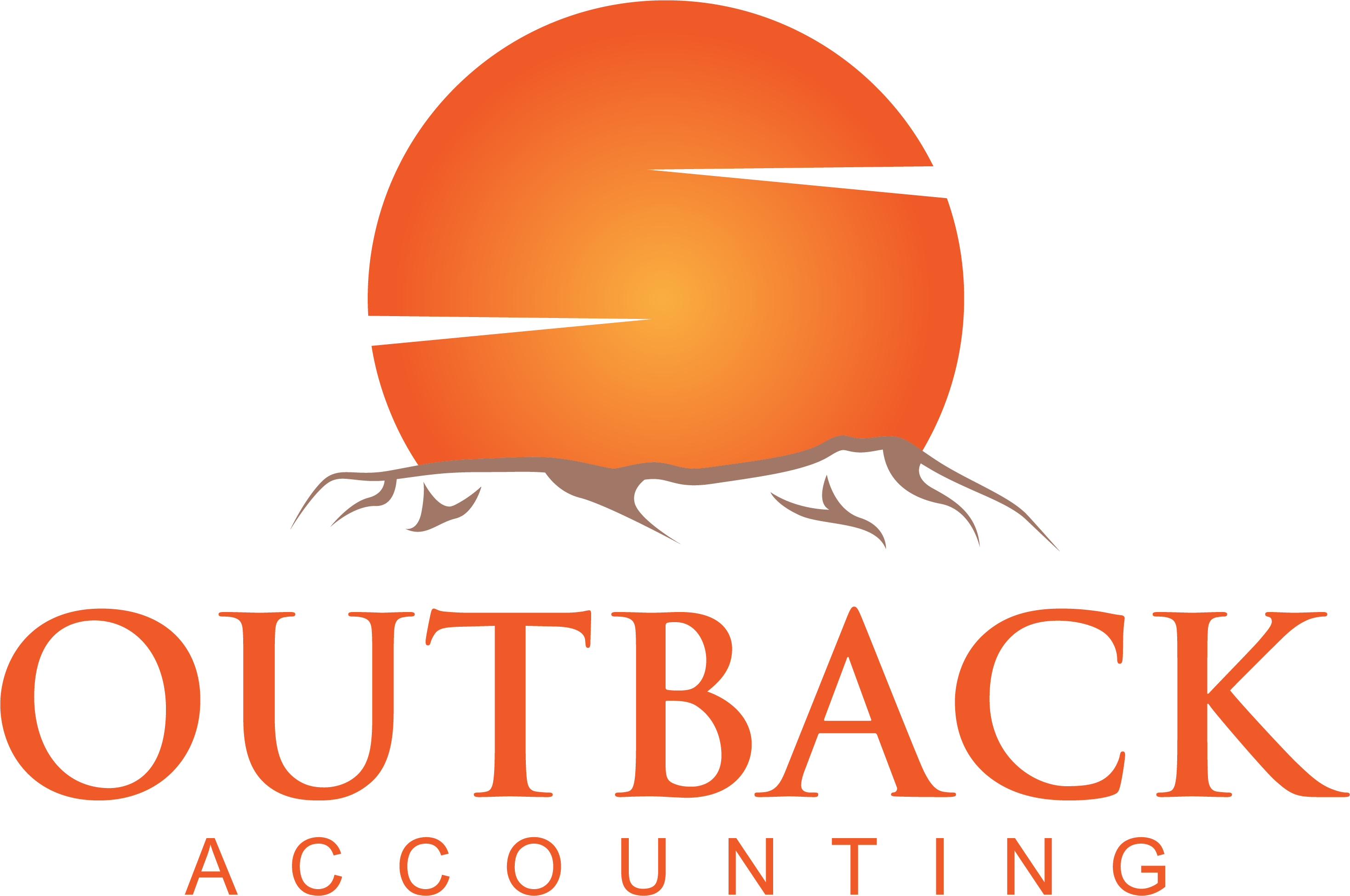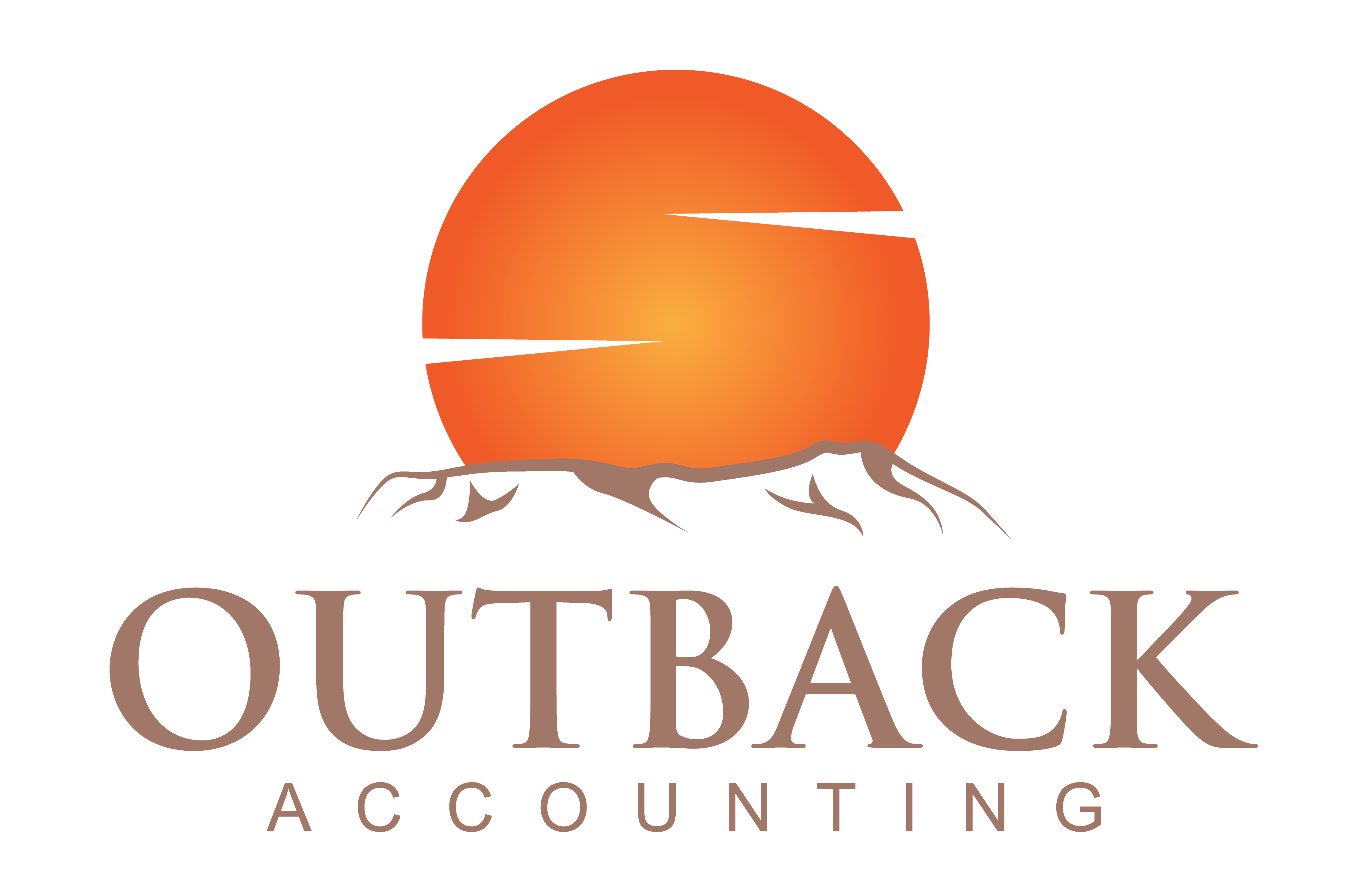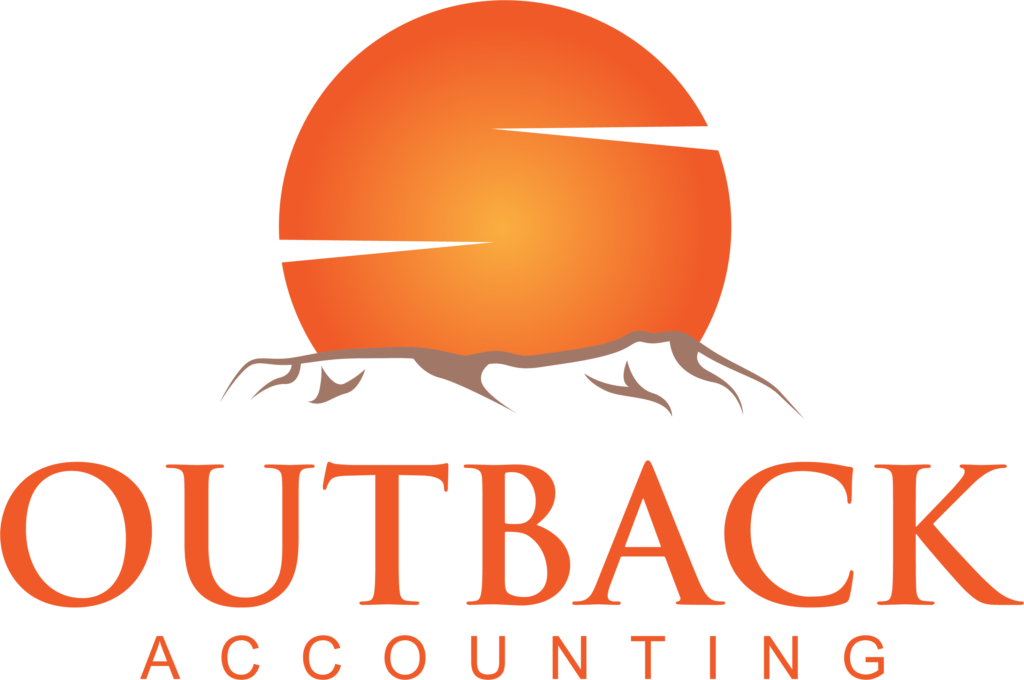Table of Contents
Whether it’s a startup or an established business, understanding GST tax compliance rules and regulations is crucial for businesses. If you are interested in learning how GST works and why it is important for your business, this guide is for you.
We have covered a basic understanding of GST tax compliance, the requirements for GST registration, a GST registration guide, and how it helps manage business activity statements. So, without further ado, let’s get started.
What is GST compliance?
GST stands for Goods and Services Tax. It is a mandatory tax requirement that applies to most goods and services sold in Australia. Businesses add a 10% GST to the final price and collect it from consumers to pay to the Australian Taxation Office (ATO). GST compliance means following all the rules and regulations regarding collecting, reporting, and paying GST to the ATO on time.
Requirements for GST registration
If your business’s annual turnover exceeds $75,000, registration is mandatory. You can also register if your turnover is below $75,000, but it is not obligatory. However, if you do so, you will be required to collect GST on your business sales (excluding GST-free items, such as basic education, food, and medical services). It will allow you to claim GST credits on your business expenses. For non-profit organizations, the turnover limit is $150,000 per year. For taxi or ride-sharing service providers, there is no turnover limit, and they need to register for GST.
How to File GST: Step-by-Step Guide
- To collect GST, make sure that you are registered for GST. You can use the ATO business portal or ask your tax agent to register.
- Once registered, you need to collect 10% GST on the products and services you sell, and always issue a tax invoice when charging GST.
- Whenever you make a purchase for your business and pay GST, keep the receipt or invoice as proof of the GST paid. When you file, you can claim GST credits for the amounts you have already paid.
- Carefully lodge your GST collected and GST paid on your Business Activities Statement (BAS). You can lodge your BAS through the ATO business portal, MyGov, any accounting software like Xero or MYOB, or you can ask a tax or BAS agent to do this for you.
- Then, calculate the GST accurately and pay the total amount to the ATO. If you have paid more GST than collected, they will refund the difference to you. Please ensure that you pay your GST on time.
BAS and GST Lodgement Due Dates
Lodging BAS on time is critical to avoid penalties. The due dates depend on whether you report monthly, quarterly, or annually.
Quarterly Lodgements (most common)
Quarter | Period Covered | Due Date |
Q1 | July – September | 28 October |
Q2 | October – December | 28 February (extended after Christmas) |
Q3 | January – March | 28 April |
Q4 | April – June | 28 July |
If you lodge electronically through a registered BAS or tax agent, you may get up to four weeks’ extra time.
Monthly Lodgements
- Due on the 21st of the following month
(e.g., July BAS due 21 August)
Annual Lodgements
- If you report annually, the due date is the same as your income tax return, or 28 February if lodging via a tax agent.
Why You Need Expert Help
If you want to streamline GST compliance in Sydney regulations for your business, consider hiring professional tax accountants like our experts at Outback Accounting to handle GST for your business. Expert support will help you understand rules and regulations, meet deadlines, and ensure accurate record-keeping. They will also help you avoid penalties.
Frequently Asked Questions
What are GST credits?
If your business is registered for GST, you can claim GST credits for the GST paid on your business purchases. For instance, if you collect $100, which includes $10 GST from a client, but you have also paid $5 on the supplies you purchased for $55, you will pay ($100 collected – $5 credit = $95) $95 net GST to the ATO.
What is the required turnover for GST registration?
In Australia, if a business’s turnover is $75,000 or more per year before GST, you must register for it. For non-profit organizations, the threshold amount is $150,000 per year. However, you can also register for GST if your turnover is less than $75,000. If you do so, you must include GST in the price of goods and services you sell and can claim GST credits for your business purchases.
What are the key steps to ensure GST compliance?
First, you need to register for GST if your turnover exceeds $75,000 per year. Second, claim GST credits on your business purchases, and third, accurately record business activity statements to prevent costly mistakes.
What are the common mistakes to avoid in GST?
The first mistake is late registration; ensure you register on time to avoid penalties or fines. The second is missing input tax credits, which can impact your business cash flow. Lastly, to claim GST credits from the ATO, it is important to keep accurate records and invoices as proof.










